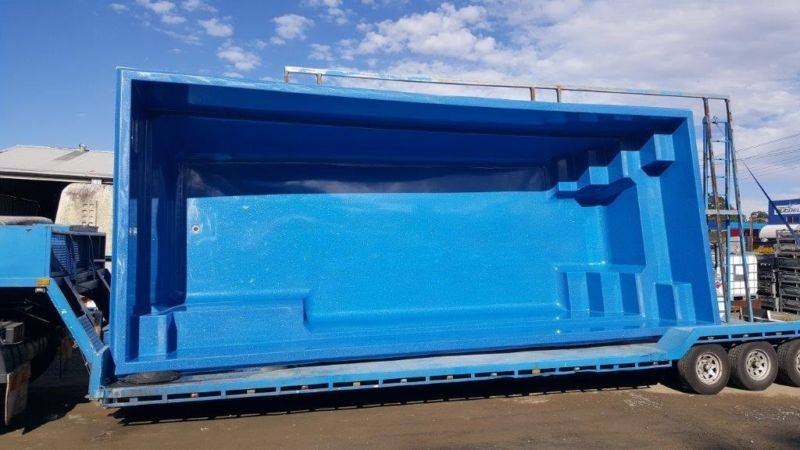

When it comes to tackling a DIY fibreglass pool installation project, having the necessary tools and materials on hand is crucial for ensuring a smooth and successful process.
First and foremost, you will need a variety of basic tools such as measuring tape, level, screwdriver, hammer, shovel, wheelbarrow, and gloves. These tools will help you with tasks such as digging the hole for the pool, leveling the ground, securing the pool components in place, and more.
In addition to basic tools, you will also need specific materials for installing a fibreglass pool. This includes high-quality fibreglass pool shell, sand or gravel for backfilling around the pool shell, concrete mix for securing the pool in place, plumbing pipes and fittings for water circulation system, electrical wiring for lights and pumps, and waterproof sealant for joints and connections.
Having all these tools and materials ready before starting the project will not only save you time but also ensure that you have everything you need to complete the installation successfully. Remember to follow manufacturer's instructions carefully and seek professional advice if needed to ensure that your DIY fibreglass pool installation is done correctly.
Embarking on a DIY fibreglass pool installation project in your backyard is an ambitious undertaking that can transform your outdoor space into a personal retreat. However, this task comes with its unique set of challenges that require careful planning and execution. Here’s a deep dive into what to expect and how to manage these challenges effectively.
One of the first hurdles is the initial site preparation. This involves more than just excavation; it requires understanding the soil type, ensuring proper drainage, and making sure the site is level. Poor site preparation can lead to significant problems down the road, such as shifting or settling of the pool shell. It’s crucial to either consult with a professional or conduct thorough research to ensure the site is adequately prepared.
Transporting and placing the fibreglass pool shell can also be a daunting challenge. Fibreglass pools are typically delivered in one piece, which means you'll need access to heavy lifting equipment like a crane. This stage requires precision; the pool must be placed exactly level and in the correct position as adjustments after placement can be difficult and risky. It is often wise to hire a professional crane operator for this part of the project.
Another major challenge is the plumbing and electrical installation. These are critical components that need to meet local building codes and safety standards. Improper installation can lead to leaks, inefficient pool operation, or even safety hazards. For many DIYers, this is the point where involving a certified electrician or plumber is necessary to ensure that all systems are installed correctly and safely.
The backfilling process, which stabilizes the pool shell, is another critical step that requires attention to detail. The material used for backfilling, typically sand or gravel, needs to be compacted properly to prevent the pool from shifting. Additionally, water must be added to the pool simultaneously to balance the pressure and prevent the structure from warping.
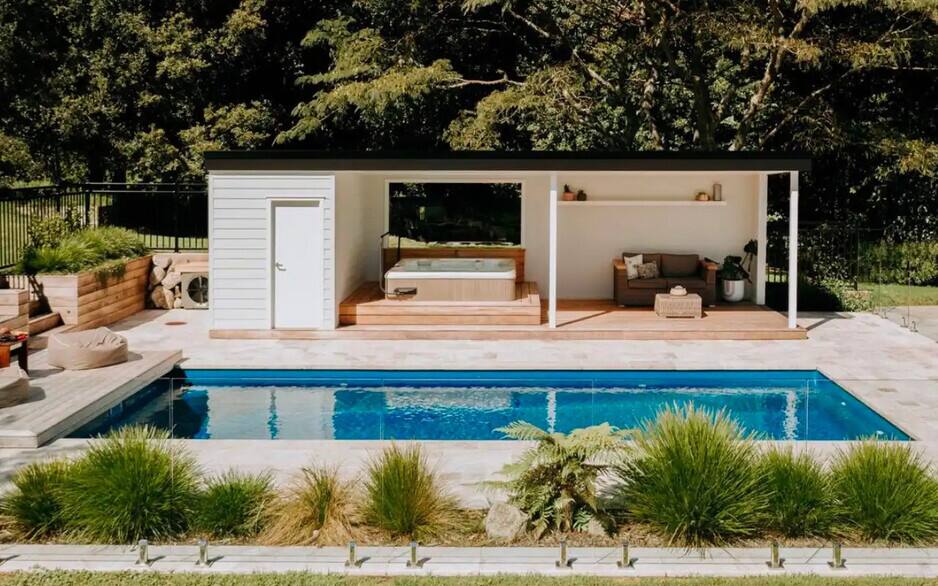
Choosing to install a DIY pool over hiring professionals in Australia can offer a range of benefits, one of the most significant being the potential for higher resale value of your home.. By taking on the project yourself, you have the opportunity to save on labor costs and invest more money into high-quality materials and equipment for your pool.
Posted by on 2024-11-24
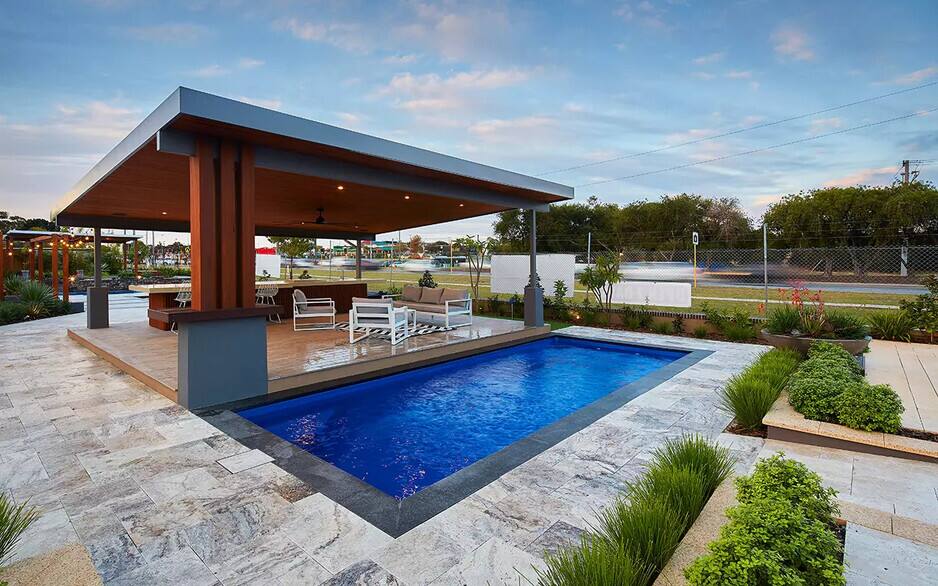
When it comes to installing a DIY pool in Australia, the process for obtaining permits is crucial.. One of the key steps in this process is completing final inspections and obtaining a certificate of compliance.
Posted by on 2024-11-24
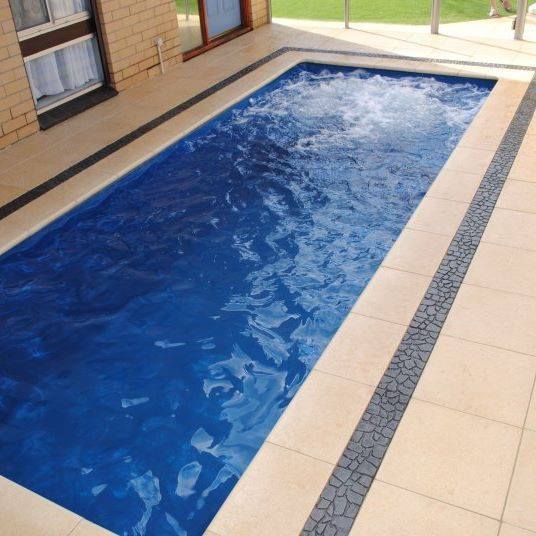
When considering the best location for installing a DIY pool in Australia, one of the key factors to take into account is cost.. Different locations within Australia can have varying costs associated with installing a pool due to factors such as land availability, soil conditions, and labor expenses. In urban areas like Sydney or Melbourne, the cost of installing a pool may be higher compared to regional areas due to higher land prices and limited space for construction.
Posted by on 2024-11-24
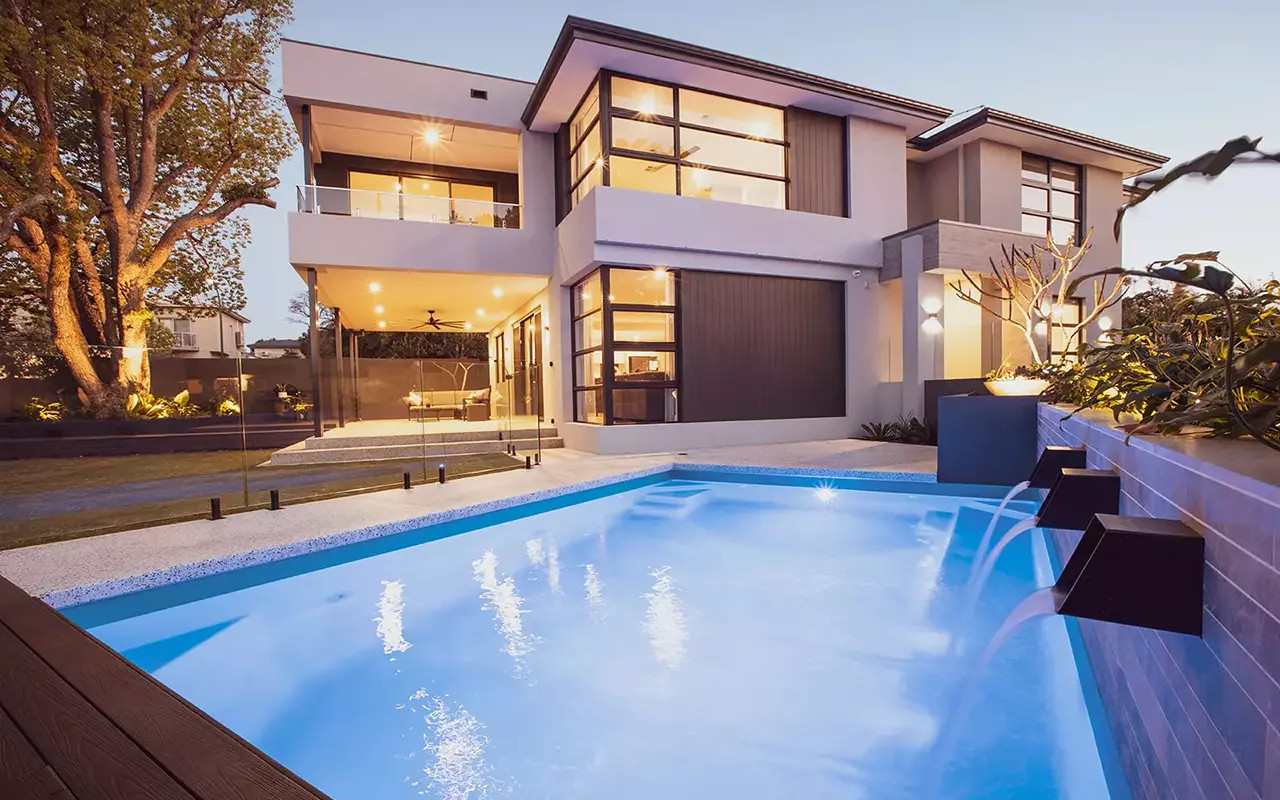
Building a DIY pool in Australia can be a fun and rewarding project, but it's important to keep costs in mind.. Here are some tips for saving money on DIY pool construction: Research and plan carefully: Before you start building your pool, make sure to do thorough research on the materials and equipment you will need.
Posted by on 2024-11-24
| Neerabup Perth, Western Australia | |||||||||||||||
|---|---|---|---|---|---|---|---|---|---|---|---|---|---|---|---|
 Agricultural land on Wattle Avenue | |||||||||||||||
 | |||||||||||||||
| Coordinates | 31°41′28″S 115°46′37″E / 31.691°S 115.777°E | ||||||||||||||
| Population | 112 (SAL 2021)[1] | ||||||||||||||
| Postcode(s) | 6031 | ||||||||||||||
| Area | 34 km2 (13.1 sq mi) | ||||||||||||||
| Location | 36 km (22 mi) from Perth CBD | ||||||||||||||
| LGA(s) | City of Wanneroo | ||||||||||||||
| State electorate(s) | Mindarie | ||||||||||||||
| Federal division(s) | Pearce | ||||||||||||||
| |||||||||||||||
Neerabup is a rural locality in Perth, the capital of Western Australia, within the local government area of the City of Wanneroo.
Prior to European settlement, the Noongar people had lived in the area for more than 40,000 years, taking advantage of the abundant food and water around the chain of wetlands on the coastal plain. In winter, they moved eastwards away from coastal weather, to return in summer as inland supplies dried up. The Mooro people (led by elder Yellagonga during the early years of European settlement) stretched from the Moore River near Guilderton to what is now the Perth central business district, and used to move between Lakes Joondalup, Neerabup and Yanchep.
In 1865, European settlers established the Aboriginal tracks as a stock route from Dongara to Fremantle, travelling along the west side of the lakes. Lake Neerabup was first recorded by surveyor J. Cowle in 1867, the name being a Noongar word which possibly means "swampy place" or "small basin". The part of the stock route between Joondalup and Yanchep is now part of the Yaberoo Budjara Heritage Trail, part of the Bicentennial Heritage Trails Network established in 1988.[2]
The area was often spelled Neerabub, especially by postal and telecommunications authorities, until as recently as the 1960s. It was approved as a suburb name in 1982.[3]
Neerabup is bounded by Wattle Avenue to the north, the Mitchell Freeway to the west, Pinjar Road to the east and Flynn Drive and Burns Beach Road to the south.[4]
Neerabup's population was not measured at the 2001 Australian census.[5]
Neerabup is a sparsely populated agricultural suburb. Several plant nurseries, a fruit and vegetable shop at Menchetti Road and the Neerabup Lake wetland are situated along Wanneroo Road. The western strip between Wanneroo Road and the proposed Mitchell Freeway is approximately the southern half of the Neerabup National Park. The area also contains a golf course, small wineries, a small industrial area on Flynn Drive and several sand and limestone quarries.
Neerabup is home to the Wanneroo Raceway, a 2,411-metre (1.498 mi) road racing circuit. Wanneroo Raceway, which opened in 1969, is the home of motor racing in Western Australia and hosts an annual round of the Supercars Championship.
Neerabup is also home to the Pinjar Park Speedway which opened in 2005. Pinjar Park is a 142-metre (155 yd) Motorcycle speedway which regularly hosts national and international meetings and caters to both senior and junior solo and sidecar racing. Pinjar Park is considered small for a speedway in Australia, with most tracks around the country ranging from 350 metres (380 yd) to 600 metres (660 yd) in length. For the bikes, the speedway replaced the old 550-metre (600 yd) Claremont Speedway which had run from 1927 until 2000, and the Bibra Lake Speedway which closed in 2004.
Neerabup is not served by public transport. The nearest Transperth bus service is the 391 between Joondalup train station and Carramar 2 kilometres (1.2 mi) to the south. These services are operated by Swan Transit.
Neerabup's political leanings are unclear due to its small size and the lack of a polling booth. The nearest large booths tend to favour the Australian Labor Party historically, although most have been won by the Coalition in recent times, especially at federal level.
Some common mistakes to avoid include improper leveling of the pool shell, inadequate backfilling, neglecting proper maintenance procedures, and not following manufacturers instructions.